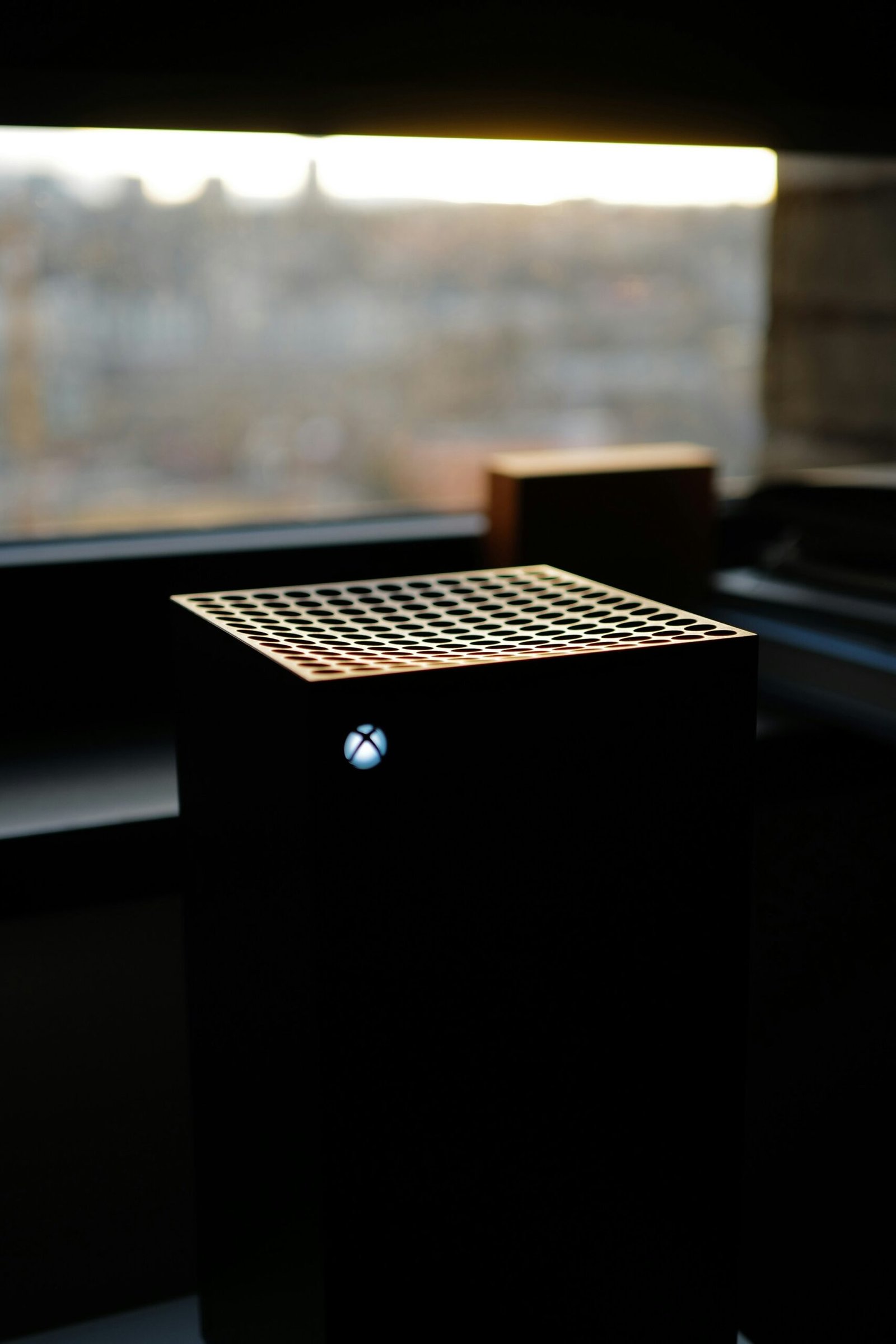Apple has long been at the forefront of technological innovation, consistently setting new benchmarks in the industry. The latest buzz surrounds the highly anticipated launch of a foldable MacBook, expected to make its debut in 2026. This groundbreaking development is set to revolutionize the way users interact with their devices, offering unprecedented flexibility and functionality. As we delve into the details of this upcoming release, it is essential to understand the significance of incorporating a foldable display into a MacBook, and how it could potentially reshape the future of personal computing.
The concept of a foldable display is not entirely new, but its application in a MacBook heralds a new era of possibilities. Unlike traditional laptops, a foldable MacBook will feature a seamless, flexible screen that can be folded and unfolded, enabling a range of new use-cases and configurations. This innovation is poised to enhance user experience by providing a larger display area without compromising portability. Whether for professional tasks, creative projects, or entertainment, the foldable MacBook aims to cater to diverse user needs in a versatile manner.
Anticipation is building as enthusiasts and industry experts alike speculate about the technical specifications and design features of the foldable MacBook. Apple’s commitment to delivering high-quality, cutting-edge products suggests that this device will incorporate the latest advancements in display technology, battery efficiency, and processing power. The introduction of a foldable display aligns with Apple’s vision of creating devices that are not only powerful but also intuitive and adaptable to various contexts.
As we look forward to the 2026 launch, the foldable MacBook represents a significant leap in personal computing technology. It embodies Apple’s dedication to pushing the boundaries of innovation, promising to transform the user experience and set new standards in the industry. The following sections will delve deeper into the specifics of this transformative device, exploring its potential impact on technology and the way we interact with our digital world.
The evolution of foldable technology has been a journey marked by innovation, experimentation, and occasional setbacks. The concept of foldable devices, once a realm of science fiction, began to take tangible shape in the early 2010s. Initial forays into the market, such as Samsung’s Galaxy Fold and Huawei’s Mate X, showcased the potential of foldable screens but also highlighted the technical challenges that needed to be overcome.
Early foldable devices faced a myriad of issues, from screen durability to hinge reliability. The display materials, often plastic-based, were prone to scratches and creases, while the complex hinge mechanisms sometimes compromised the structural integrity of the devices. Despite these challenges, consumer interest in foldable technology remained high, driven by the allure of larger, more versatile screens in compact form factors.
In response to these challenges, manufacturers have continuously refined their designs. Advances in flexible OLED technology, the development of ultra-thin glass, and improvements in hinge engineering have all contributed to more robust and reliable foldable devices. Companies like Samsung, Huawei, and Motorola have released successive generations of foldable smartphones that demonstrate significant progress in both design and functionality.
This ongoing evolution has not been limited to smartphones alone. The tech industry has explored various applications of foldable screens, including tablets, laptops, and even wearable devices. Each iteration builds on the lessons learned from previous models, pushing the boundaries of what is possible with foldable technology. The promise of foldable displays lies in their ability to offer users enhanced multitasking capabilities and immersive viewing experiences while maintaining portability.
As Apple prepares to enter the foldable market with its anticipated MacBook in 2026, the company’s entry signifies a pivotal moment in the evolution of foldable technology. Given Apple’s track record of innovation and quality, their approach to foldable displays is expected to address the limitations seen in earlier devices and set new standards for the industry. This move underscores the growing maturity and potential of foldable technology, heralding a new era of computing experiences.
Apple’s foray into the realm of foldable technology is eagerly anticipated, with industry insiders suggesting that the tech giant will introduce a foldable MacBook by 2026. Central to these speculations are the two screen sizes that Apple is reportedly considering for this innovative device. As per leaks and discussions from reliable sources, the foldable MacBook will feature two distinct screen dimensions aimed at catering to varied user needs and preferences.
The first size being considered is a more compact 12-inch model. This version is expected to appeal to users who prioritize portability and convenience. A 12-inch foldable MacBook would be ideal for professionals on the go, students, and anyone who requires a lightweight device for everyday tasks. Its compact form factor, combined with the flexibility of a foldable screen, promises to deliver a versatile user experience that aligns with the modern demands of mobility and efficiency.
The second size under consideration is a larger 15-inch model. This variant is likely tailored for users who require a more expansive display for their work or entertainment needs. Creative professionals, such as graphic designers, video editors, and developers, may find the larger screen particularly beneficial. Additionally, a 15-inch foldable MacBook would provide ample screen real estate for multitasking and immersive media consumption, making it a compelling choice for power users seeking a blend of performance and visual clarity.
These potential screen sizes reflect Apple’s strategic approach to addressing diverse market segments. By offering both a 12-inch and a 15-inch foldable MacBook, Apple aims to attract a wide range of consumers, from those seeking ultra-portability to those needing a larger, more versatile workspace. The introduction of these foldable models could potentially reshape the laptop market, setting new standards for what users can expect from their devices in terms of flexibility and functionality.
As we await official confirmation and further details from Apple, the anticipation surrounding the foldable MacBook continues to build. The prospect of having two screen sizes adds an exciting dimension to the future of MacBook technology, promising innovations that could redefine user experiences across various domains.
Expected Features and Specifications
The anticipated foldable MacBook, rumored for release in 2026, is expected to bring several groundbreaking features and state-of-the-art specifications. Central to its design is the innovative foldable display technology, which is predicted to come in two screen sizes. Leveraging advanced OLED or MicroLED technology, these displays will likely offer exceptional color accuracy, brightness, and energy efficiency, redefining user interaction with the device.
Display resolution is another critical aspect where the foldable MacBook is projected to excel. With potential resolutions surpassing the 4K mark, users can expect crisp, vibrant visuals that enhance both productivity and entertainment experiences. The foldable screen’s flexibility is not just a novelty; it is expected to provide a seamless transition between different modes of use, such as a traditional laptop configuration and a more tablet-like form factor.
Under the hood, the foldable MacBook is anticipated to feature Apple’s latest generation of silicon processors, possibly the M3 or even an advanced M4 chip. These processors are expected to deliver unparalleled performance and efficiency, ensuring that the foldable MacBook can handle demanding applications, multitasking, and high-end graphics with ease. Enhanced thermal management systems will likely be integrated to maintain optimal performance without overheating.
Battery life is another area where the foldable MacBook is expected to shine. Apple’s continued advancements in battery technology suggest that users can look forward to extended usage times on a single charge. This will make the foldable MacBook a reliable companion for both professional and personal use, whether on the go or at a stationary workstation.
Additional hardware innovations may include a more sophisticated hinge mechanism to support the foldable display, improved camera systems for video conferencing, and enhanced connectivity options such as Wi-Fi 6E and Thunderbolt 4 ports. Together, these features will position the foldable MacBook as a versatile, powerful, and innovative addition to Apple’s product lineup, setting new standards in the laptop industry.
Benefits of a Foldable MacBook
The anticipated introduction of a foldable MacBook in 2026 promises to revolutionize the landscape of portable computing. One of the primary advantages of a foldable display in a MacBook is enhanced portability. A foldable design allows the device to be more compact when not in use, making it easier to carry without compromising screen size. This innovation aligns with the increasing demand for portable yet powerful devices, ensuring users can efficiently work or entertain themselves on the go.
Another significant benefit is the potential for improved multitasking capabilities. A foldable MacBook can offer multiple screen configurations, enabling users to run several applications simultaneously without the need for an external monitor. For instance, users could split the display for side-by-side app usage or extend it for a larger, seamless workspace. This flexibility enhances productivity, particularly for professionals who frequently juggle various tasks and applications.
The user experience is expected to see substantial enhancements with the foldable MacBook. The dynamic nature of the foldable display could introduce new interaction paradigms, such as more intuitive touch gestures and adaptable user interfaces. This design can cater to different use cases, from traditional laptop setups to tablet-like configurations, providing a versatile computing environment. The ability to switch between modes seamlessly will likely appeal to a broad spectrum of users, from creative professionals to everyday consumers.
Moreover, the foldable design could lead to innovations in software optimization, with macOS potentially evolving to take full advantage of the unique hardware capabilities. Customizable display configurations and enhanced touch input could offer a more immersive and interactive experience, setting a new standard for laptop usability.
In essence, the foldable MacBook is poised to combine the benefits of a portable device with the expansive functionality of a desktop, marking a significant leap forward in laptop design and usability. The convergence of these advantages highlights the transformative potential of foldable displays in redefining user expectations and experiences.
Challenges and Potential Drawbacks
The anticipation surrounding a foldable MacBook is palpable, yet several challenges and potential drawbacks need addressing to ensure its successful integration into the market. One of the primary concerns is durability. Foldable display technology, although innovative, is still in its nascent stages. The repeated folding and unfolding of the screen could lead to wear and tear, potentially resulting in creases or even screen damage over time. Apple must invest in robust materials and advanced engineering solutions to mitigate these risks and ensure that the foldable MacBook withstands daily usage.
Another significant challenge is the cost. The integration of foldable display technology is inherently expensive, and this could translate to a higher retail price for consumers. Apple products are already positioned at the premium end of the market; adding the costs associated with cutting-edge technology could push the MacBook’s price even higher, potentially limiting its accessibility. Balancing innovation with affordability will be crucial for Apple to appeal to a broader audience.
Technological limitations also pose potential drawbacks. Current foldable displays may not yet match the performance and resolution standards set by traditional screens. Ensuring that the foldable MacBook offers the same, if not better, display quality as its conventional counterparts is essential for user satisfaction. Moreover, the integration of a foldable screen into the macOS ecosystem presents its own set of challenges. The operating system and applications must be optimized to utilize the unique capabilities of a foldable display without compromising functionality or user experience.
Lastly, consumer acceptance remains an uncertain variable. While the novelty of a foldable MacBook may attract early adopters, mainstream users may be hesitant to transition from tried-and-true designs. Addressing concerns about usability, durability, and cost will be pivotal in persuading a wider audience to embrace this next-generation technology.
Comparing with Competitors
The introduction of a foldable MacBook in 2026 places Apple in direct competition with other tech giants already exploring the foldable laptop market. Companies like Lenovo, Samsung, and Microsoft have made significant strides in this area, each bringing unique innovations to the table. Lenovo, for instance, has gained attention with its ThinkPad X1 Fold, which offers a versatile folding mechanism and robust performance. Samsung, on the other hand, continues to push boundaries with its Galaxy Book Flex, integrating cutting-edge AMOLED displays and seamless multitasking capabilities.
Apple’s entry into the foldable laptop market is expected to bring a new level of sophistication and design excellence. Leveraging its extensive ecosystem, Apple aims to create a seamless user experience, integrating hardware and software in a way that competitors may struggle to match. The anticipated two screen sizes will likely cater to different user preferences, offering flexibility in usage scenarios from productivity to entertainment.
However, Apple will face stiff competition in certain aspects. For example, Lenovo’s early entry into the foldable laptop segment has given it a head start in understanding user needs and refining its technology. Moreover, Samsung’s expertise in display technology and Microsoft’s integration with its software ecosystem provide formidable challenges. Each competitor brings specific strengths that Apple must contend with to capture significant market share.
Where Apple might stand out is in its unparalleled attention to detail and premium build quality. The company’s history of innovative designs and high-quality materials suggests that the foldable MacBook could set new standards in aesthetics and durability. Additionally, Apple’s powerful M-series chips are likely to offer superior performance, potentially outpacing competitors in processing power and energy efficiency.
In the evolving landscape of foldable laptops, Apple’s upcoming MacBook is poised to make a significant impact. By balancing innovation with its established strengths, Apple aims to deliver a product that not only meets but exceeds consumer expectations, setting a new benchmark for foldable computing devices.
Conclusion and Future Outlook
The anticipation surrounding the future of MacBook, particularly with the advent of foldable display technology expected to arrive in 2026, marks a pivotal moment in Apple’s evolution. As discussed, the introduction of two screen sizes for the foldable MacBook promises to cater to varying user preferences, potentially revolutionizing the computing experience. This innovative leap aligns with the broader industry trend towards more versatile and portable devices, emphasizing Apple’s commitment to maintaining its edge in technology and design.
Looking forward, foldable technology is poised to become a cornerstone in Apple’s product lineup. The flexibility and enhanced usability of foldable displays could significantly impact not just MacBooks, but also other devices within Apple’s ecosystem. This development could lead to more integrated and seamless user experiences across different platforms, fostering a more cohesive technological environment. As Apple continues to push the boundaries of what is possible, the foldable MacBook could set new standards in the computing world, driving competitors to innovate and adapt.
Moreover, the foldable MacBook’s potential to redefine the workspace cannot be understated. With the ability to transition between different modes, users could enjoy unprecedented levels of productivity and convenience. This shift could also inspire new software and applications specifically designed to leverage the unique capabilities of foldable screens, further enhancing the user experience.
In conclusion, the foldable MacBook represents a significant leap forward in computing technology. Its expected release in 2026 could herald a new era of innovation, not only for Apple but for the entire industry. As we look ahead, it is clear that foldable technology will play a crucial role in shaping the future of computing, offering exciting possibilities for both consumers and developers alike.




